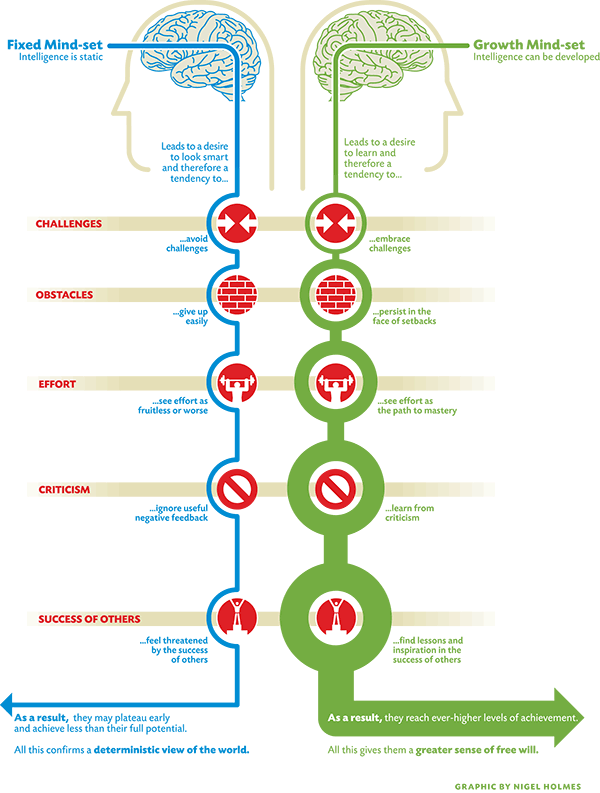
I purposely used a provocative title to highlight an intrinsic problem with the use of technology in education. We all too often use technology as a treatment, quick fix, or even a silver bullet when we attempt to apply a narrow technological solution to the complex problems we have in education. History repeatedly shows us that technology alone, or the hope that the application of technology, will radically transform the way we do education. Consider the following shortlist of predictions about technology that failed to deliver:
Schools have had a longstanding immunity against the introduction of new technologies. In 1922 Thomas Edison predicted that movies would replace textbooks. In 1945 one forecaster imagined radios as common as blackboards in classrooms. In the 1960s, B.F. Skinner predicted that teaching machines and programmed instruction would double the amount of information students could learn in a given time. Filmstrips and other audiovisual aids were fads thirty years ago, and the television, now seen as a supplier of brain candy, once had a sterling reputation as an education machine (Seidensticker, 2006, p. 103).
In the post Why AI Should Scare Some Educators and Not Others, I update these predictions by pointing to the failure of MOOCs and also point to the more recent AI predictions that many are promoting.
In the post Computers in Schools – Not Working…Yet I point to an OECD research report that shows adding technology (ICT) or computers in schools has not improved test scores. Rather than just give you the link to the 200+ page report I pulled some of the key information and quotes and summarized the highlights.
I am not alone in pointing to a long history of educators attempting to use simple or narrow applications of technology in an attempt to solve problems that require a much more complex solution.
In the post We Need More Autodidacts I explore Justin Reich’s (2020) article Failure to Disrupt: Why Technology Alone Can’t Transform Education. Reich’s article and this later published book point to the primary challenges that so many teachers have faced in moving fully online due to the Covid lock-downs. The challenge is not the technology; it is the fact that most students are not prepared to learn more independently or without direct instruction, close supervision, and control cannot be maintained as effectively in online learning. Reich also points to the fact that students who are more autodidactic have not been adversely impacted by forced online learning because these students are learners first who can learn more independently anywhere and at any time.
In this post, I also have links to Larry Cuban’s review of Reich’s article and links to Cuban’s book Oversold and Underused: Computers in the Classroom which offers an earlier version of Reich’s argument. Some of Cuban’s warnings on the empty promises of technology go back to the 70’s and 80’s so this is not a new idea. While Cuban is often referred to as a technology skeptic his examination of the data and conclusions are difficult to oppose.
Perhaps one of the most ardent skeptics of technology in education is Thomas L. Russell who’s book, “The No Significant Difference Phenomenon” (2001, IDECC, fifth edition), offers a fully indexed, comprehensive research bibliography of 355 research reports, summaries, and papers that document no significant differences (NSD) in student outcomes between alternate modes of education delivery. Russell’s book is difficult to get but you can review the No Significant Difference database at – https://detaresearch.org/research-support/no-significant-difference/
While Russell’s criticisms are well-founded, he doesn’t provide a perspective of how technology can be used to help to enhance learning. Cuban does acknowledge the limited benefits in the use of technology but reasserts that many of the better implementations of technology use are not sustainable or don’t do much more than support for the traditional implementation of direct instruction. Similarly, Reich suggests that we need to help students become more autodidactic but doesn’t offer how to do this.
In contrast, I have been arguing for several decades how we can use technology to enhance learning. In many of the above posts, I point to how we can help learners become self-directed and independent learners or autodidacts. I have spent the last three decades exploring and researching this question and you will find that my site is filled with posts on learning how to learn. My most recent emphasis on the Learner’s Mindset is just the latest synthesis of how we can help learners change their thinking about learning and change their approach to learning without ignoring that we need to change the learning environment.
Technology is a powerful tool that can enhance learning but it can only do so if we focus on first creating significant learning environment where we give learners choice, ownership, and voice through authentic learning opportunities (CSLE+COVA). If we focus on learning first technology then can be used in practical ways to enhance learning. If we focus on the technology first the learning has to be fit into the limitations or constraints of the technology which we have seen just doesn’t work as well as the hype that precedes it.
You will find that my site is filled with posts on learning how to learn. To save you some time on searching my site consider the following posts as a starting point:
Reignite Your Learner’s Mindset
Change in Focus
Connecting dots vs collecting dots
CSLE+COVA
In pursuit of the better way – the learners mindset
DIY Mindset Requires a Learner’s Mindset
How to Grow a Growth Mindset
Assessment OF/FOR/AS Learning
To Own Your Learning You MUST Use Higher-Order or Deeper Thinking
References
Seidensticker, B. (2006). Future hype: The myths of technology change. San Fransico. CA: Berrett-Koehler Publishers

































